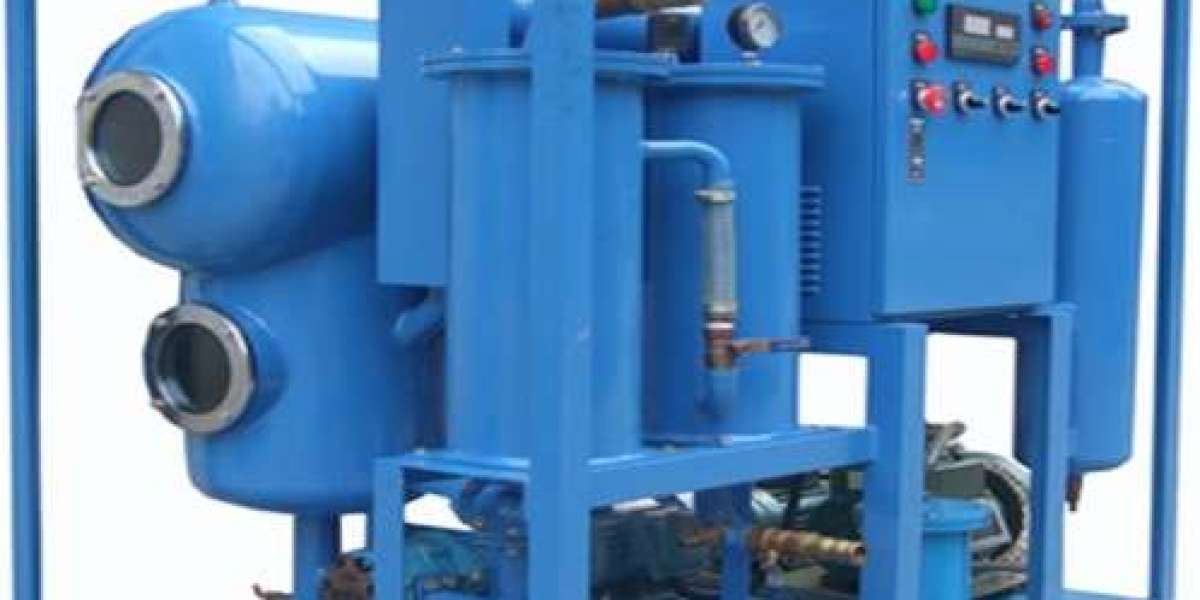Pyrolysis vs. Distillation: Choosing the Right Tech for Your Waste Oil to Diesel Plant
As the global demand for energy continues to grow, so does the need for sustainable, cost-effective fuel alternatives. One innovative solution gaining momentum is converting waste oil into usable diesel fuel. This not only helps in waste management but also contributes to energy security and environmental preservation. If you're planning to set up a Waste Oil To Diesel Plant, one of the first — and most important — decisions you'll face is choosing between pyrolysis and distillation technologies.
Both methods offer viable paths for converting waste oil into diesel, but they differ significantly in process, output quality, investment requirements, and operational complexity. Understanding their advantages and limitations is key to choosing the best fit for your specific application.
This guide offers a detailed comparison of pyrolysis vs. distillation so you can make an informed decision that aligns with your business goals, technical capacity, and environmental compliance needs.
What Is a Waste Oil To Diesel Plant?
A Waste Oil To Diesel Plant is a specialized facility that processes used oils — such as engine oil, hydraulic oil, and other lubricants — to recover and refine them into diesel-grade fuel. These plants are increasingly in demand as industries, transportation sectors, and municipalities look for eco-friendly solutions to manage waste and produce alternative energy.
Depending on the technology used, the waste oil can be transformed through thermal, chemical, or physical processes into high-quality diesel that meets industry standards for engines and generators.
The two most common processing methods are:
Pyrolysis
Distillation
Each has its own pros and cons, and the right choice depends on the type of feedstock, desired fuel quality, regulatory considerations, and budget.
What Is Pyrolysis?
Pyrolysis is a thermal decomposition process that breaks down large hydrocarbon molecules into smaller ones by heating the waste oil in the absence of oxygen. The process generally takes place at temperatures between 300°C to 600°C.
In a Waste Oil To Diesel Plant that uses pyrolysis, the waste oil is subjected to high heat in a closed reactor. As the oil breaks down, it releases gas vapors that are condensed into liquid fuel (a form of crude diesel), along with byproducts like gas and carbon residue.
Key Features of Pyrolysis:
Operates at high temperatures (without oxygen)
Produces synthetic oil, gas, and carbon residue
Suitable for mixed or heavily contaminated waste oil
Often requires further refining to produce usable diesel
What Is Distillation?
Distillation is a physical separation process that involves heating waste oil to different boiling points to separate its components based on volatility. This process is more controlled and precise, allowing for the extraction of specific fuel fractions — including diesel — from waste oil.
A Waste Oil To Diesel Plant that uses distillation typically includes several stages:
Heating the waste oil to vaporize lighter fractions
Condensation of vapors into diesel and other fuel products
Filtration and treatment to remove impurities and improve fuel quality
Advanced distillation systems may also include vacuum distillation and catalytic upgrading to improve yield and purity.
Key Features of Distillation:
Precise separation of oil fractions by boiling point
Lower temperatures than pyrolysis
Produces high-quality diesel directly
Minimal solid residue generation
Pyrolysis vs. Distillation: A Side-by-Side Comparison
| Criteria | Pyrolysis | Distillation |
|---|---|---|
| Process Type | Thermal decomposition (no oxygen) | Physical separation based on boiling points |
| Operating Temperature | 300°C – 600°C | 180°C – 400°C (or lower in vacuum systems) |
| Product Quality | Crude fuel oil; needs refining | Clean, ready-to-use diesel |
| Feedstock Flexibility | Can handle dirty, mixed, or contaminated oils | Requires pre-treated or filtered waste oil |
| Byproducts | Gas, carbon black/residue | Minimal residue |
| Energy Consumption | High (due to heating and secondary refining) | Moderate |
| Environmental Impact | Higher emissions if not controlled properly | Lower emissions with proper systems |
| Setup Cost | Moderate | Higher (due to more components and precision) |
| Maintenance | Moderate to high (depends on system design) | Moderate |
| End Use Applications | Requires additional processing before use in engines | Ready for use in diesel engines/generators |
When to Choose Pyrolysis for Your Waste Oil To Diesel Plant
Pyrolysis can be the right choice for your plant if:
You have access to highly contaminated or mixed waste oils (e.g., motor oil, industrial lubricants with metal particles).
Your goal is bulk conversion where output quality is secondary and further refining is planned.
You have budget constraints and want to start with lower setup costs.
You can sell intermediate products (like pyrolysis oil or carbon residue) to secondary markets.
You're located in a region where regulations are less stringent regarding fuel purity or emissions.
However, keep in mind that pyrolysis fuel usually needs further refining before it can be used in engines. This could mean additional investment in upgrading units or blending with other fuels.
When to Choose Distillation for Your Waste Oil To Diesel Plant
Distillation is often preferred when:
You need to produce high-purity diesel that meets standard specifications (e.g., Euro V).
Your waste oil feedstock is relatively clean and consistent, or you have pre-treatment systems in place.
You aim to serve commercial markets such as transport fleets, farming equipment, or backup power systems.
Your operation is in a regulation-sensitive environment, requiring cleaner emissions and certified products.
Long-term operational efficiency and fuel quality are a top priority, even at the cost of a higher initial investment.
Distillation offers a more refined, predictable output and is typically the better option for plants seeking premium-grade diesel production.
Hybrid Systems: Best of Both Worlds?
Some advanced Waste Oil To Diesel Plants now use hybrid systems that combine both pyrolysis and distillation technologies. In this setup:
Pyrolysis is used for initial breakdown of dirty or mixed waste oils.
The resulting crude oil is then fed into a distillation column for purification.
This two-stage process ensures both high throughput and premium product quality, but it does require:
More complex infrastructure
Greater technical expertise
Higher capital and operational costs
For large-scale operations or government-backed sustainability projects, hybrid systems may offer the best balance between volume, quality, and profitability.
Environmental and Regulatory Considerations
Both pyrolysis and distillation must comply with environmental standards, especially regarding emissions and waste management.
Pyrolysis systems may emit volatile organic compounds (VOCs) or greenhouse gases if not properly equipped with scrubbers and afterburners.
Distillation systems produce fewer emissions but still require proper handling of residues and water treatment.
To operate legally and sustainably, your Waste Oil To Diesel Plant must:
Obtain proper permits
Comply with local environmental regulations
Use pollution control technologies
Conduct routine audits and maintenance
Final Thoughts: Making the Right Investment
Choosing the right technology for your Waste Oil To Diesel Plant is a strategic decision that impacts not just your startup costs, but also your long-term profitability and compliance.
If you're prioritizing feedstock flexibility, lower startup cost, and medium-quality output — pyrolysis may be the right option.
If your goal is to produce market-ready diesel with fewer emissions and higher fuel purity — distillation is likely the better investment.
For large-scale projects aiming for both efficiency and quality, a hybrid system could offer the most comprehensive solution.
Ultimately, success in waste oil to diesel conversion lies in aligning your technology choice with your business model, market demands, and regulatory environment.
A well-designed Waste Oil To Diesel Plant doesn’t just reduce environmental impact — it turns a liability into a valuable asset, contributing to both energy resilience and circular economy goals.














